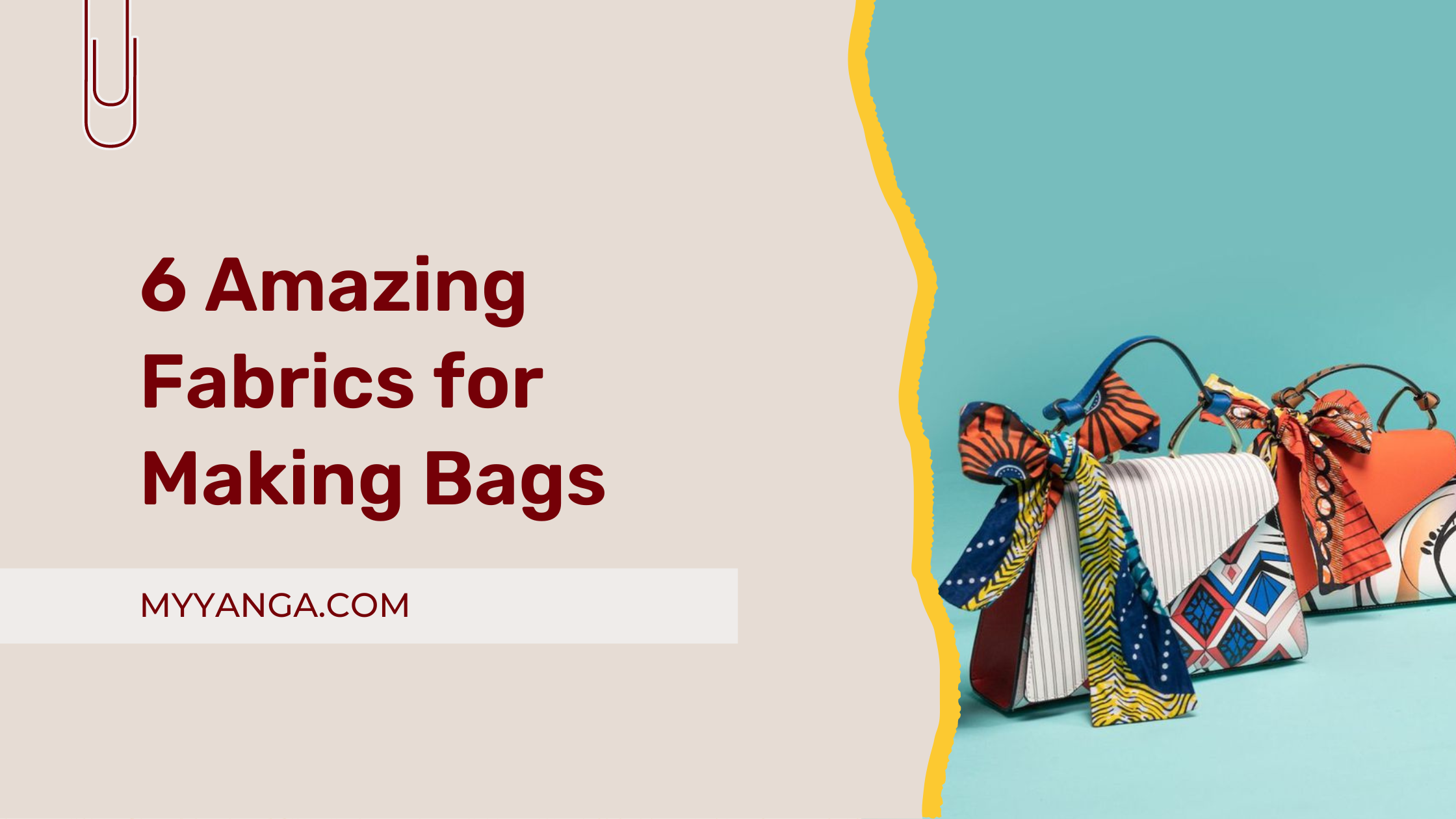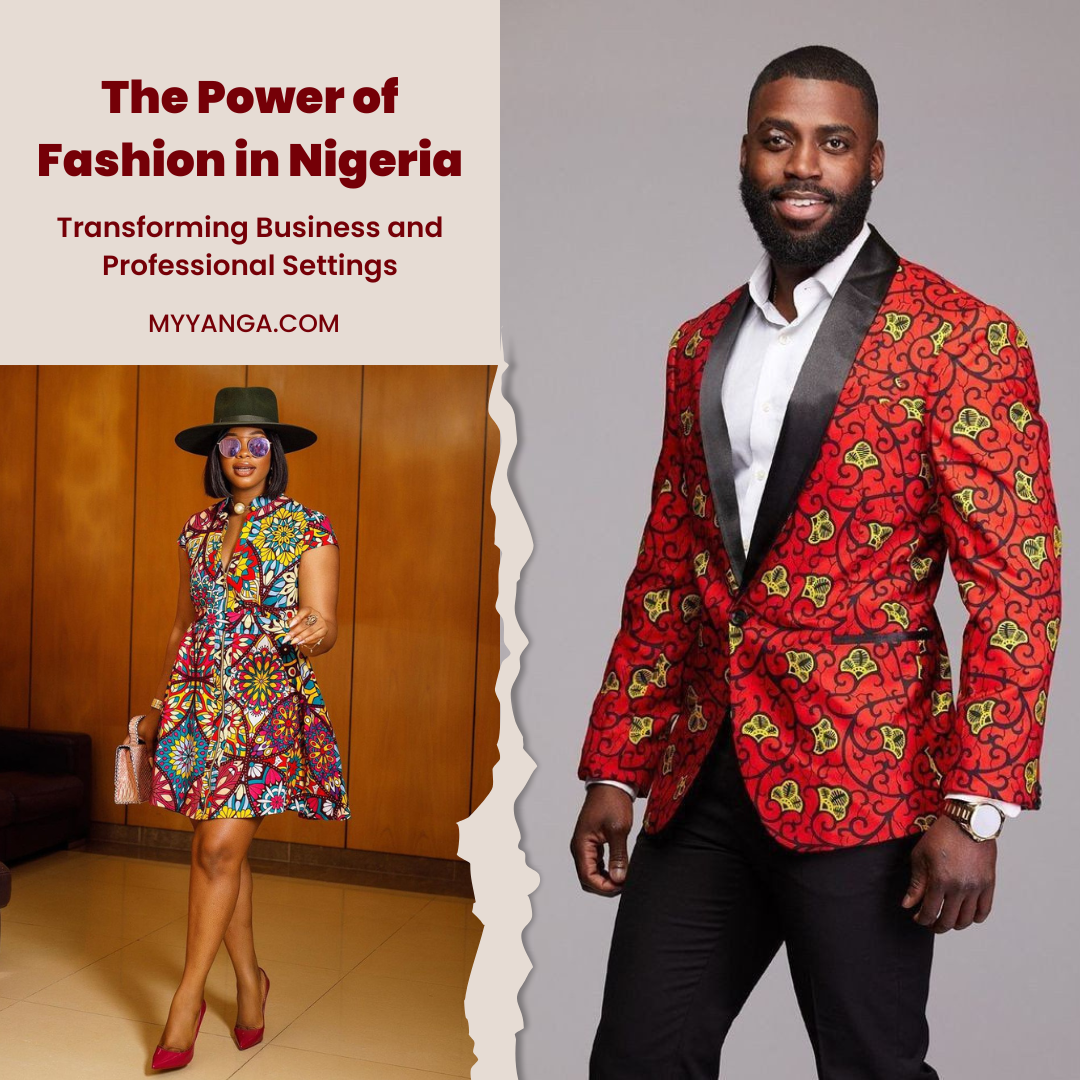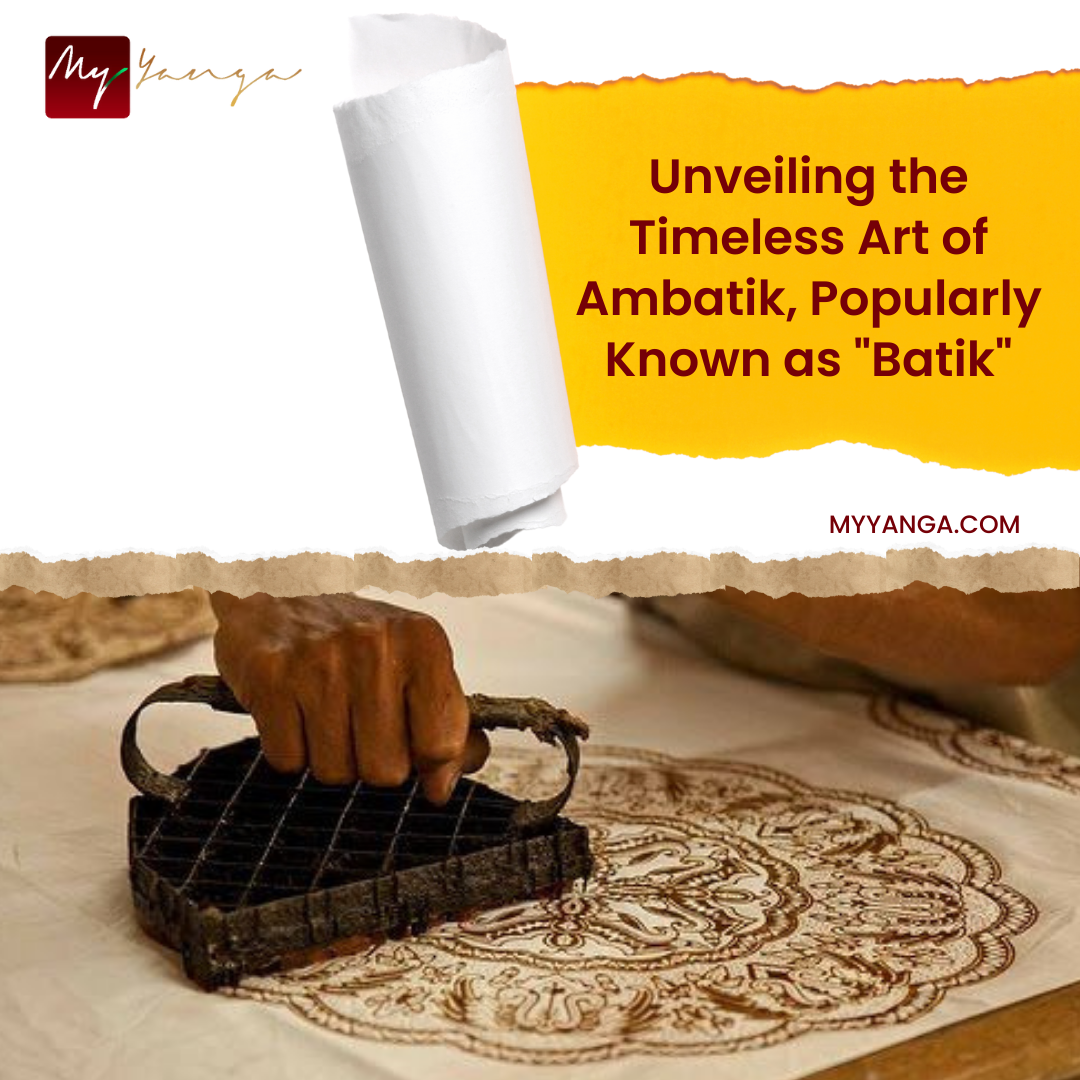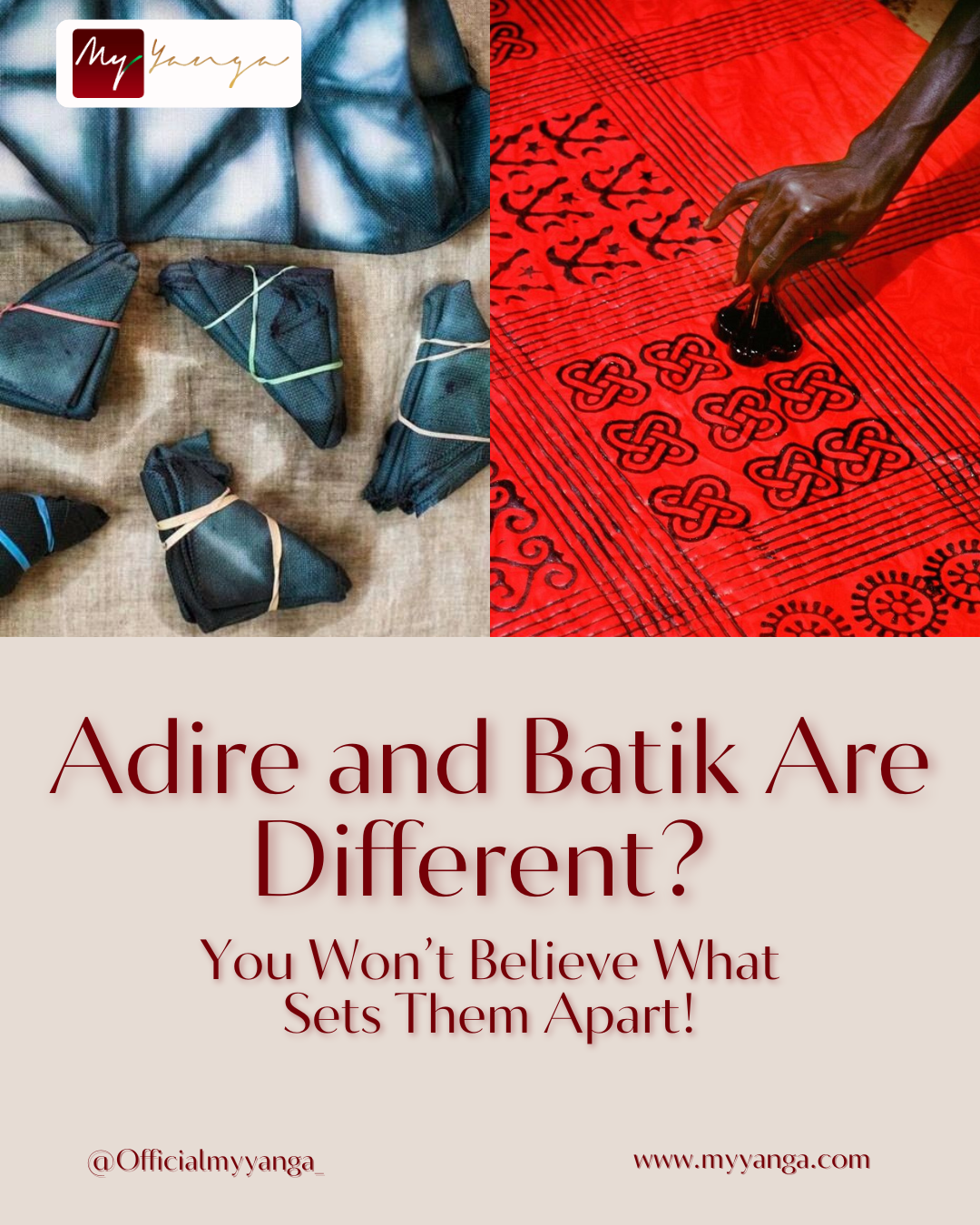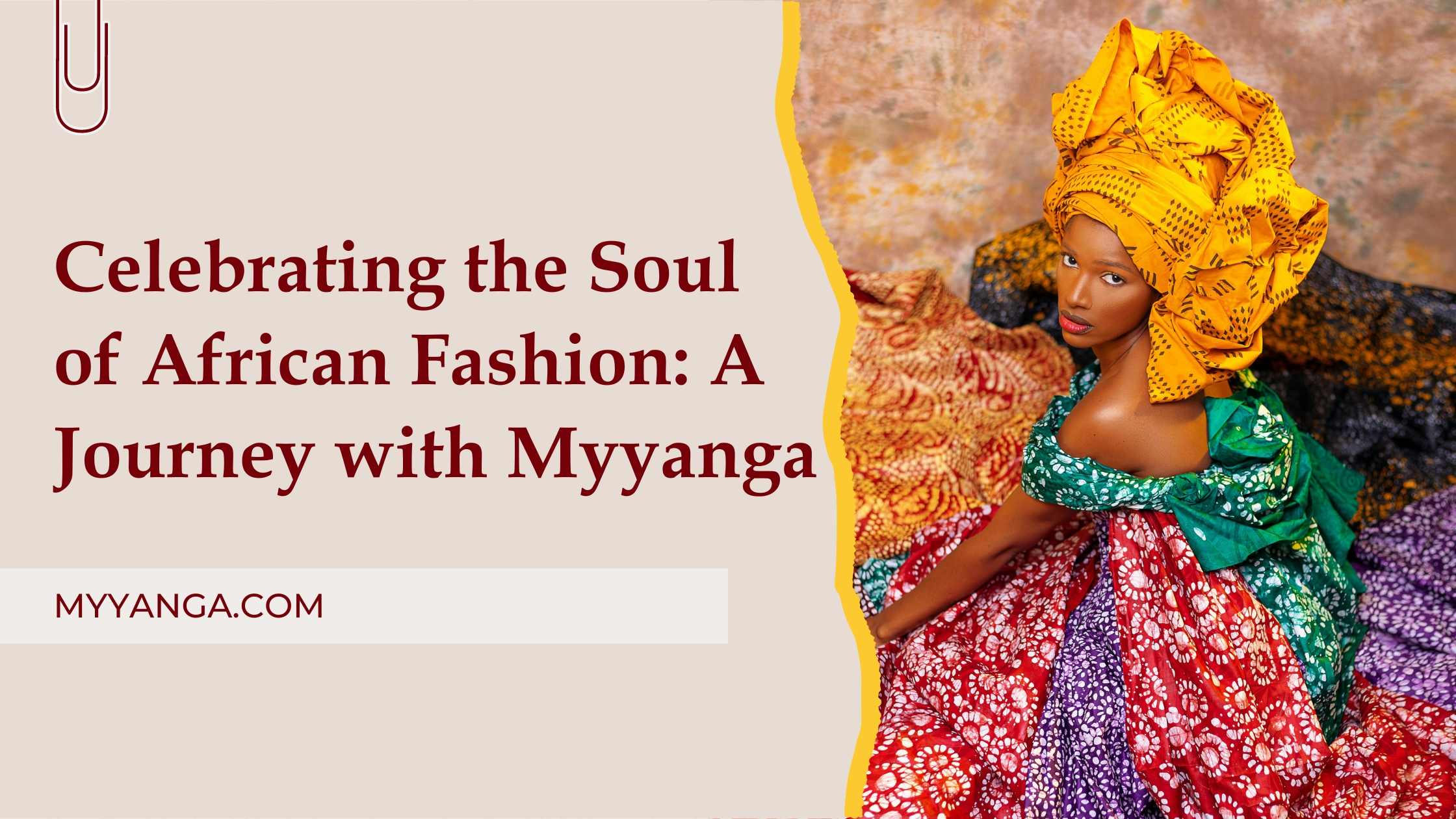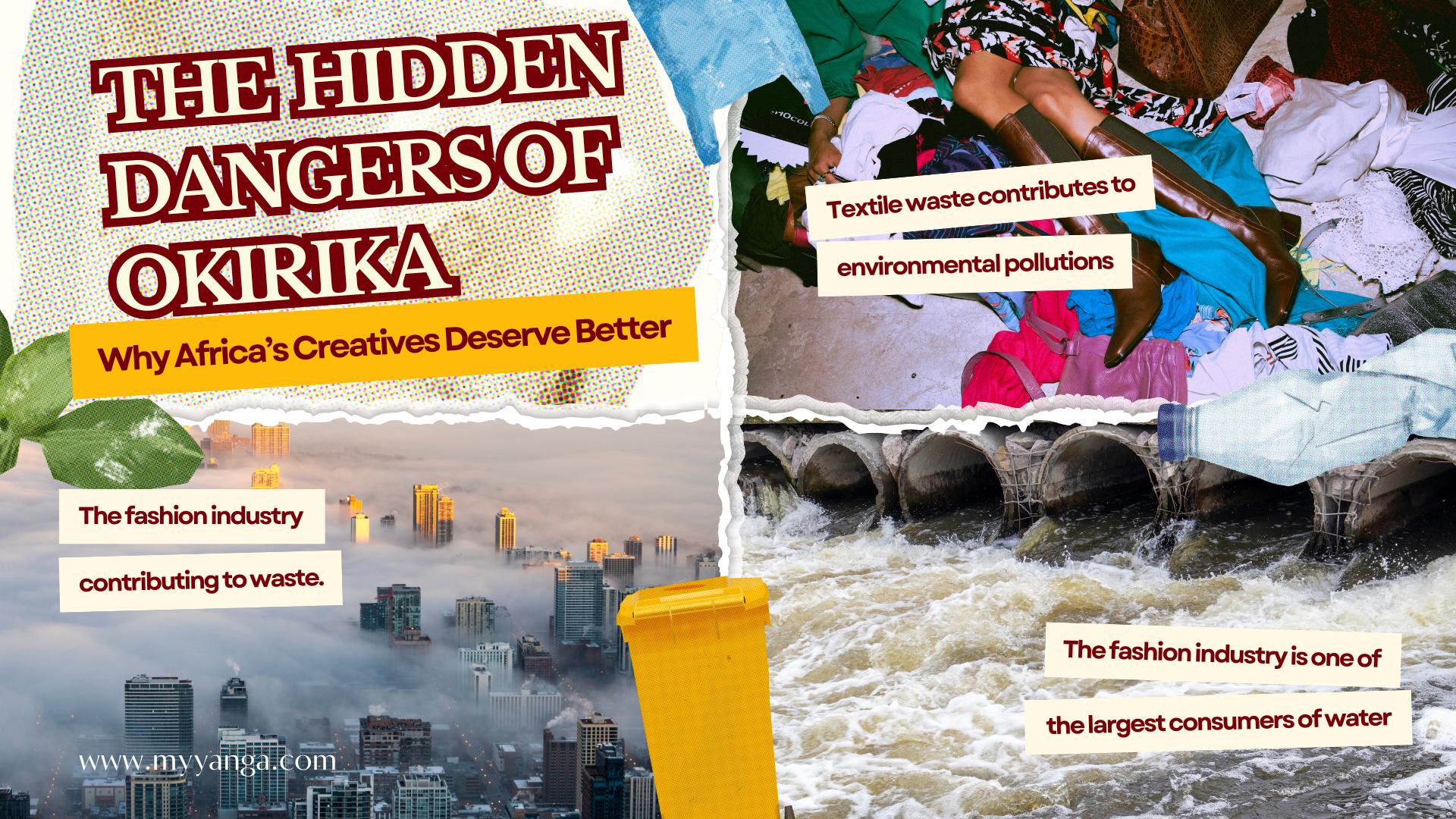Is African Fashion Sustainable?
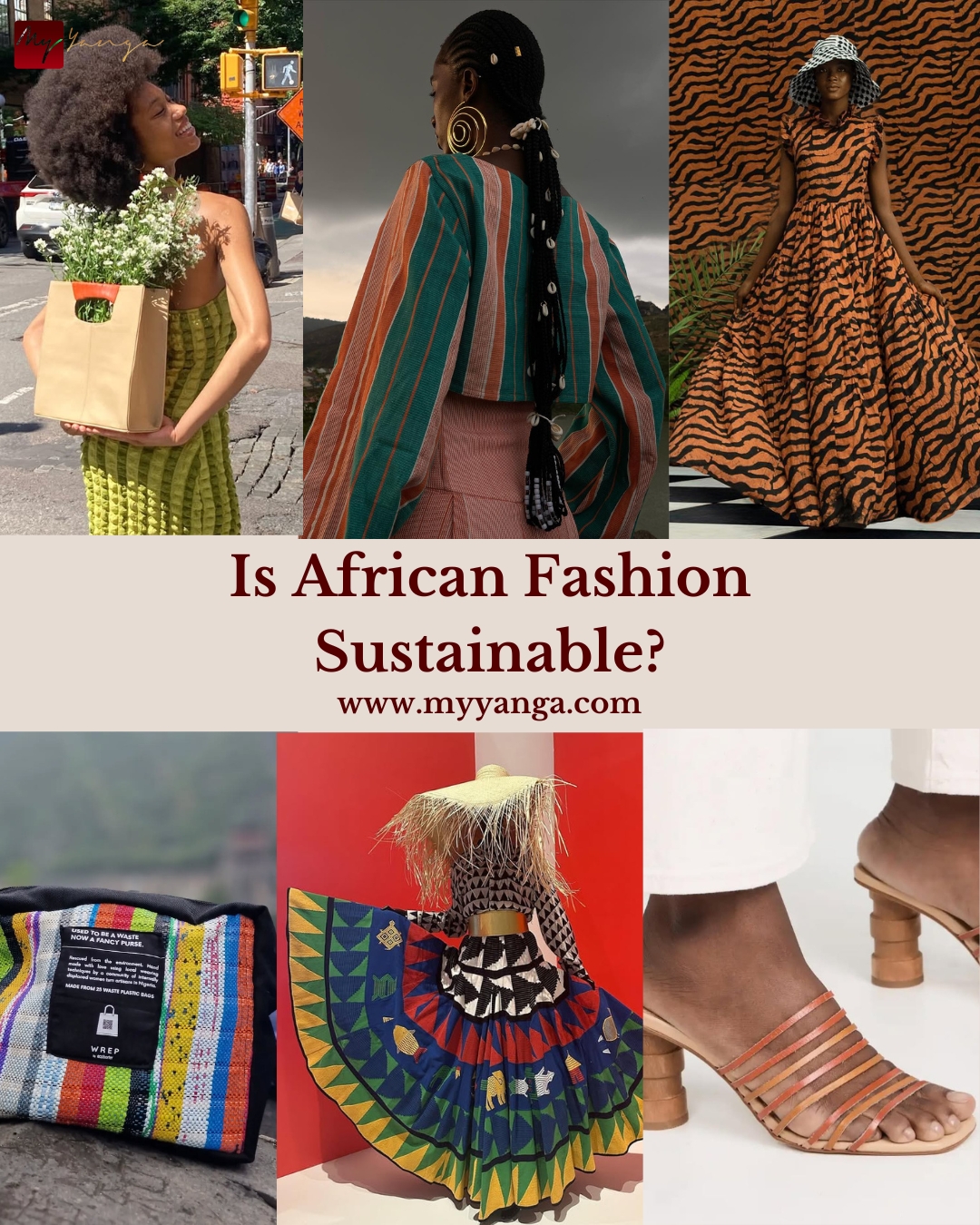
Understanding Sustainability in Fashion
Sustainability in fashion is the practice of creating clothing and accessories in ways that reduce environmental harm, respect ethical labor practices, and consider the long-term impacts on society. It focuses on using eco-friendly materials, reducing waste, and promoting fairness throughout the supply chain. Unlike fast fashion, which prioritizes rapid production and low costs at the expense of the planet, sustainable fashion aims to balance beauty, durability, and responsibility.
Is African Fashion Sustainable?
Yes, African fashion is a beacon of sustainability. It is deeply rooted in practices that have always prioritized environmental consciousness, cultural integrity, and ethical production. African fashion challenges the exploitative and wasteful practices of fast fashion by embracing traditional methods and celebrating resourcefulness.
Why African Fashion is Sustainable Fashion
- Use of Natural and Local Materials
African fashion thrives on the use of locally sourced, natural materials like organic cotton, raffia, jute, and leather, which are biodegradable and environmentally friendly.- Textiles such as Kente, Bogolan (mud cloth), and Aso Oke are handmade using eco-conscious processes.
- Plant-based dyes, often used in African textiles, minimize the chemical pollution caused by synthetic alternatives.
- Artisanal Craftsmanship and Slow Fashion
African fashion celebrates slow fashion through handmade craftsmanship:- Techniques like weaving, beadwork, embroidery, and dyeing are passed down through generations.
- Artisanal production reduces the carbon emissions tied to industrial mass production.
- Durable, high-quality pieces are created with the intent to last, countering the disposable nature of fast fashion.
- Circular Economy and Upcycling
Many African designers lead the charge in the circular economy by reusing and repurposing materials:- Fabric scraps are repurposed into smaller items like accessories, patchwork, or home decor.
- Upcycling initiatives transform discarded materials like plastic bags or bottle caps into stylish products.
- Notable brands such as Studio 189 and Wrep by Ecobarter are driving this innovation.
- Preservation of Cultural Heritage
Sustainability in African fashion goes beyond the environment—it is also about preserving cultural identity. By celebrating traditional textiles and techniques, African designers ensure the survival of indigenous knowledge systems. This preservation rejects homogenized trends and values the rich diversity of the continent. - Global Adaptation to Eco-Fashion Trends
African fashion brands are increasingly engaging in global eco-fashion movements, securing certifications like GOTS (Global Organic Textile Standard) and adhering to ethical sourcing practices. This adaptability enhances their sustainability efforts on a global scale.
Challenges and Opportunities
Despite its inherent sustainability, African fashion faces challenges such as limited access to global markets, inadequate funding, and infrastructure constraints. However, addressing these barriers presents an opportunity to elevate African fashion as a global leader in sustainability.
Conclusion
African fashion exemplifies sustainable practices by integrating eco-friendly materials, ethical labor, and cultural preservation. It highlights how tradition and innovation can coexist to benefit both the planet and society. As the world transitions toward a more sustainable future, African fashion stands as a powerful example of how fashion can be a force for good.

